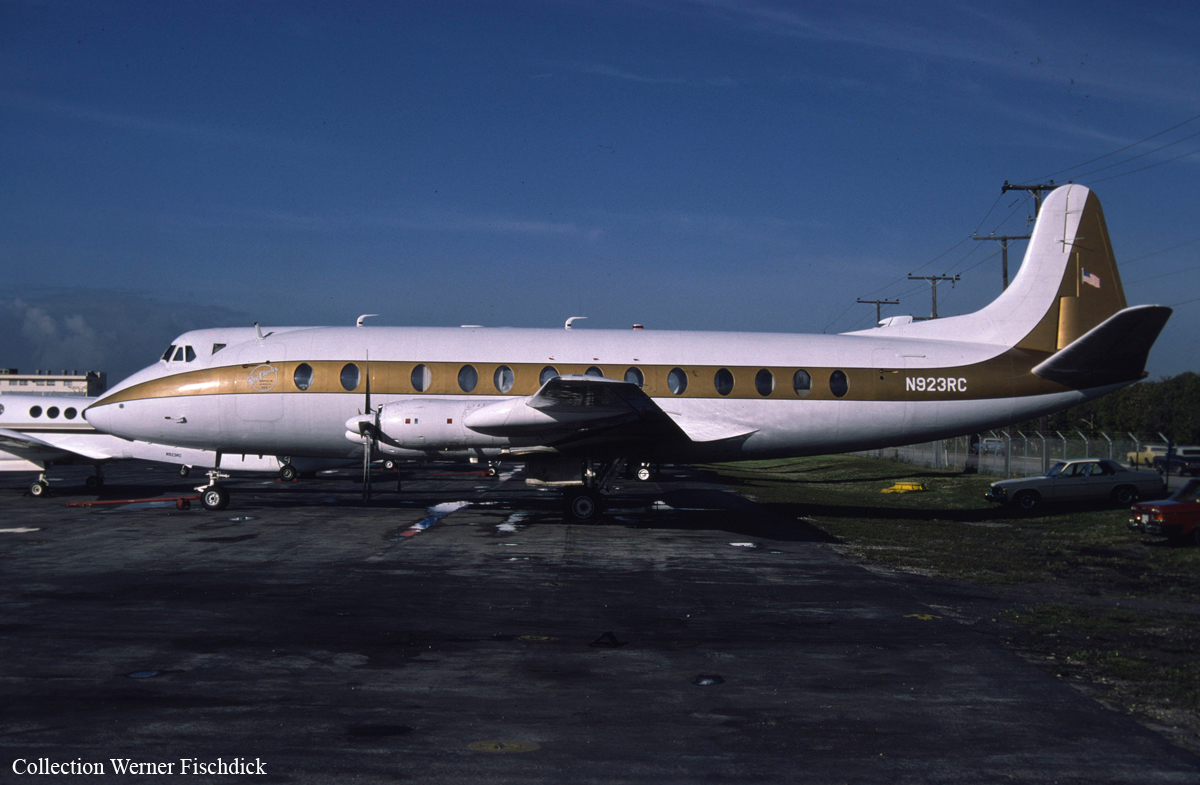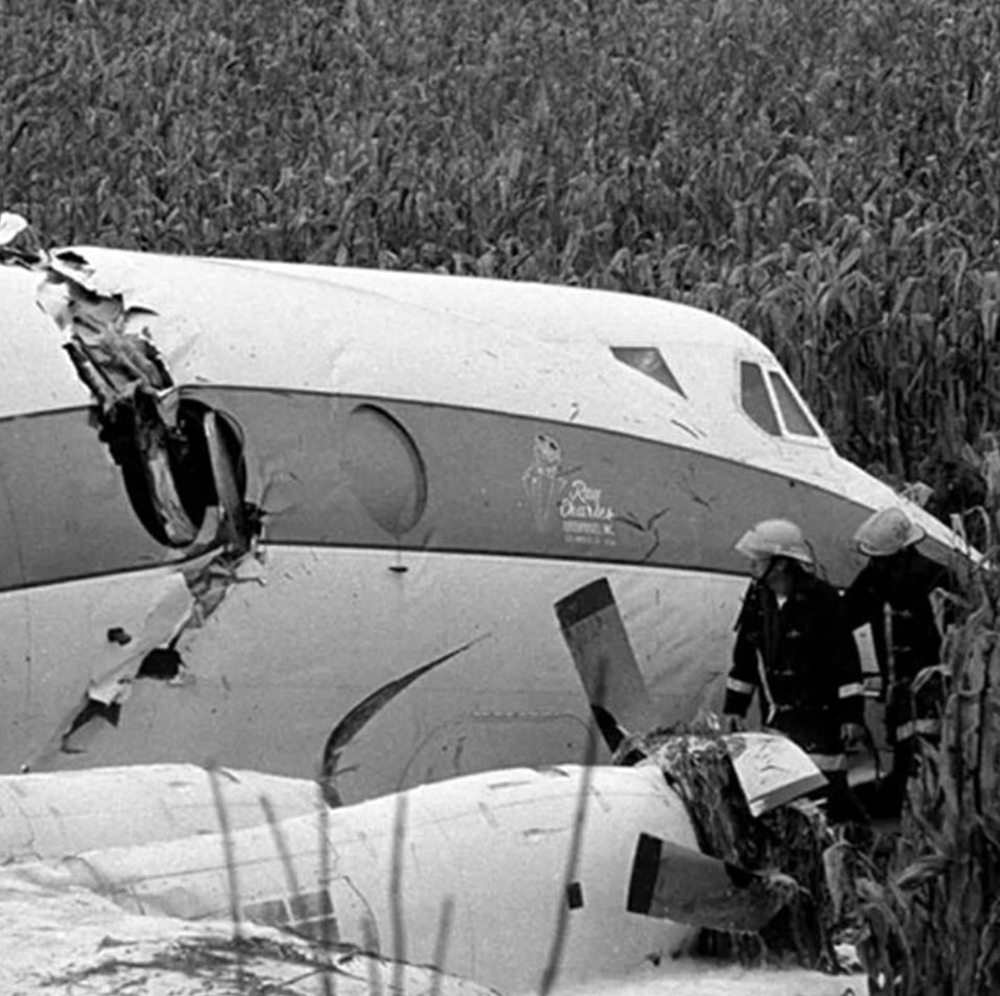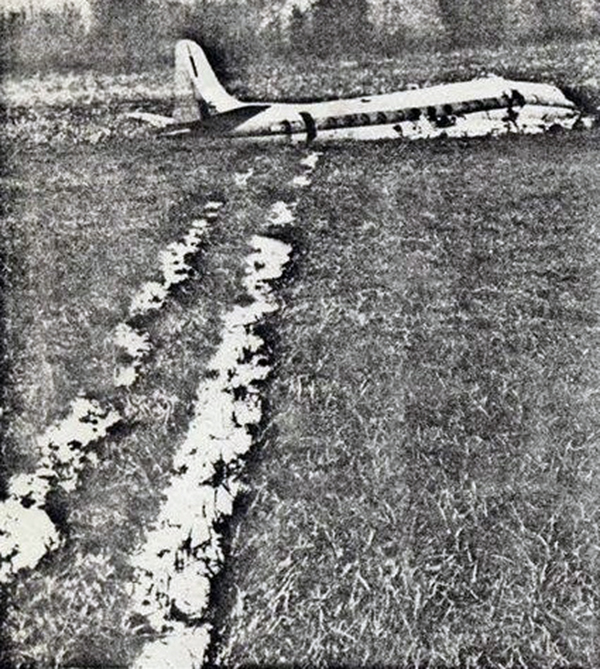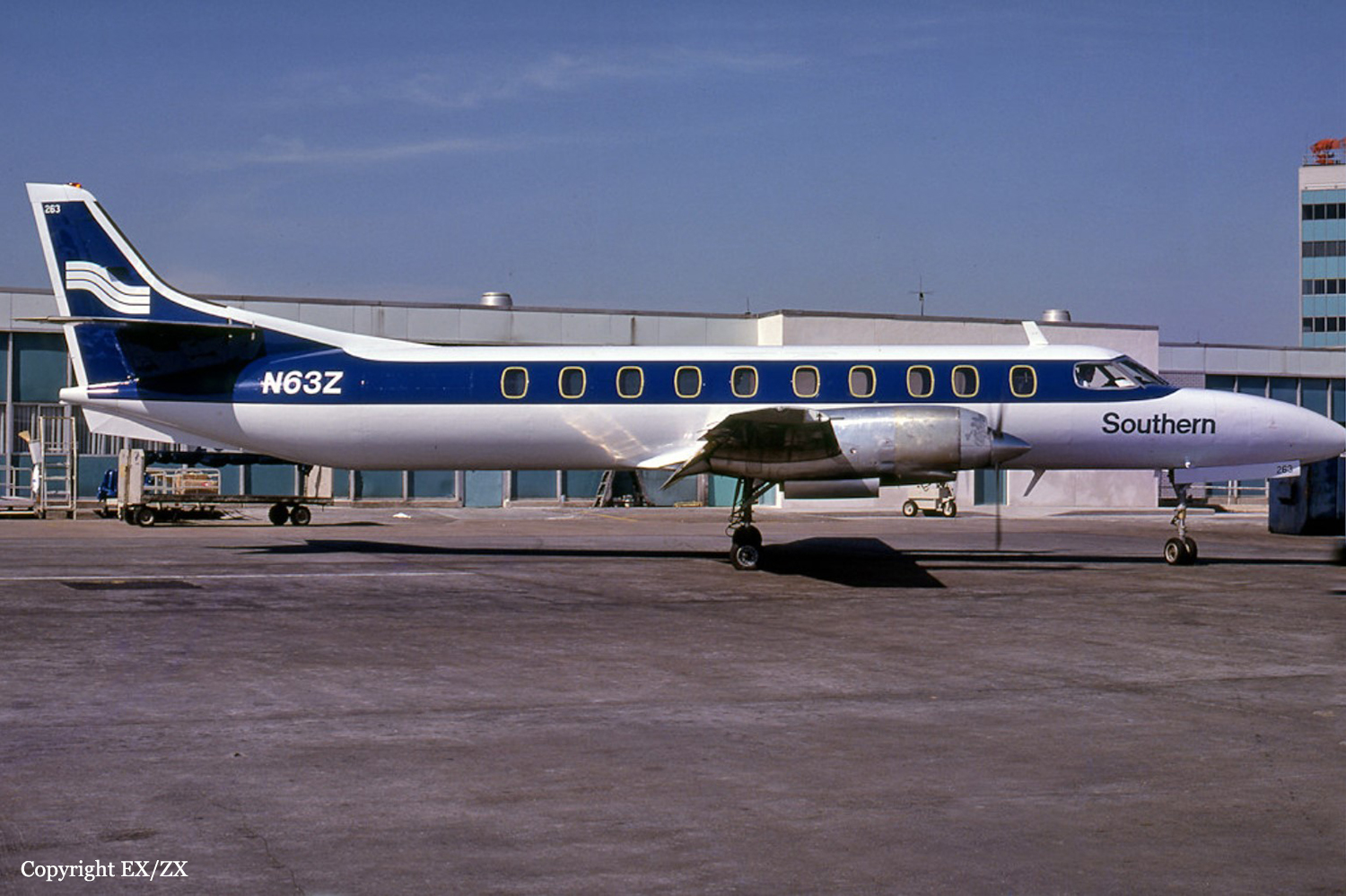Crash of a Hawker-Siddeley HS. 125-1A-522 in Bedford: 2 killed
Date & Time:
Aug 2, 1986 at 1806 LT
Registration:
N50HH
Survivors:
No
Schedule:
Toledo – Bedford
MSN:
25022
YOM:
1965
Crew on board:
2
Crew fatalities:
Pax on board:
0
Pax fatalities:
Other fatalities:
Total fatalities:
2
Captain / Total hours on type:
605.00
Circumstances:
The pilot canceled IFR 8 miles from the airport to continue on a visual approach and landing. Witnesses stated a strong thunderstorm had just passed over the airport. Wind info issued to the pilot by unicom were west at 20 knots. Witnesses observed the aircraft approach runway 31 and execute a go-around before touchdown. The aircraft circled left to a runway 06 (almost direct downwind) approach. Touchdown occurred about 2/3 down the 3,100 feet long runway. The engines were heard to spool up to high power (no thrust reversers) but the aircraft did not become airborne. It overran the runway into rough terrain and caught fire. Investigation showed the landing gear was down, flaps were at approach setting and speed brakes were fully deployed. Both pilots were killed.
Probable cause:
Occurrence #1: overrun
Phase of operation: landing
Findings
1. (f) wrong runway - selected - pilot in command
2. (f) weather condition - tailwind
3. (c) proper touchdown point - not attained - pilot in command
4. (c) go-around - delayed - pilot in command
5. (f) speed brakes - improper use of - pilot in command
----------
Occurrence #2: on ground/water encounter with terrain/water
Phase of operation: landing
Findings
6. (f) terrain condition - rough/uneven
Phase of operation: landing
Findings
1. (f) wrong runway - selected - pilot in command
2. (f) weather condition - tailwind
3. (c) proper touchdown point - not attained - pilot in command
4. (c) go-around - delayed - pilot in command
5. (f) speed brakes - improper use of - pilot in command
----------
Occurrence #2: on ground/water encounter with terrain/water
Phase of operation: landing
Findings
6. (f) terrain condition - rough/uneven
Final Report:






